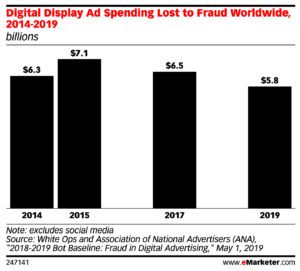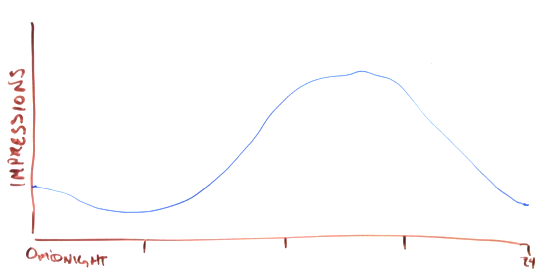
A couple weeks ago I was looking over geographic location data to inform the return on investment of an advertising campaign. A significant portion of metropolitan data was showing a large percentage of the users sitting in the exact same location. It was as if they all checked-in on their apps while they were standing at the center of the city. That seemed unlikely. Was there something wrong with the data? Well, yes and no. More importantly: was it fraud?
Was it fraud? Welcome to the gray area of ad-tech. eMarketer shows that display advertising fraud loss is hovering around $6 billion worldwide. They likely derived this data from very black and white definitions of what is and what isn’t fraud. In this post I’ll be lining up not only explicitly fraudulent behavior, but also some marginal tactics of media owners, supply side companies, advertisers and demand side companies to illuminate the fringes of acceptable behavior.
Read on for geo stuffing, bid caching and more…



 “In online advertising, how can I predict/forecast the traffic (number of requests) for a day ?
“In online advertising, how can I predict/forecast the traffic (number of requests) for a day ?


